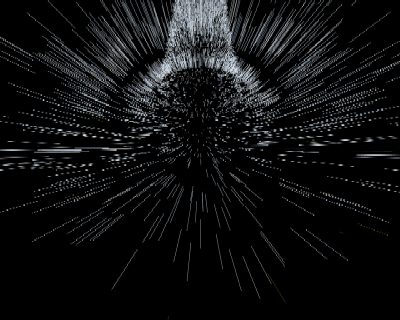ParticleSystems.org
Announcing version 2.21 of the free Particle System API!
"Probably the best tool around for understanding and creating particle systems." -gamedev.net
The Particle System API allows C++ application developers to easily include dynamic simulations of groups of moving objects. The API is much lighter weight than a full physics engine. It is especially useful for eye candy in games and screen savers, but is also used in off-line animation software.
With the Particle System API you create a group of particles, then describe the components of the particle effect using actions like Gravity(), Explosion(), Bounce(), etc. You apply the actions to the particle group at each time step, then read back the particle positions and other attributes into your app, or send them directly to the GPU as a vertex array or as geometry instances.
Sign Up For Particle System API News (a few emails a year)
Check out this talk about particle systems in DX10 from GDC2007.
| Version 2.21 released December 30, 2008 |
Download the API and documentation, and the Demos for Windows.Browse the documentation online. Version 2.21 Highlights
|
| Version 2.20 released March 20, 2007 |
Download the API and documentation, and the Demos for Windows.Browse the documentation online. Version 2.20 Highlights
|
| Version 2.10 released December 1, 2006 |
Download the outdated API and documentation, and the outdated Demos for Windows.
|
| Version 2.0 beta released February 24, 2006 |
Download the outdated API, the outdated Demos for Windows.This is the first major update to the Particle System API in five years. It includes enhancements in several areas. Here are the major improvements:
|
| Version 1.5 beta released December 20, 2005. |
Download the outdated APIThis is a source code release. It's a .zip with Makefiles and Visual C++ .NET project files. It's really just an earlier beta for 2.0. |
| Version 1.21 released February 24, 2001. |
Download the outdated API, the Demos for Windows, or the outdated documentationVersion 1.21 adds a size attribute, a PDTriangle domain, bug fixes, and I'm not sure what else. |
| January 2000 | Here is a technical report about the design of the Particle System API. |
| Version 1.11 released February 2, 1999. |
Download the outdated APIVersion 1.11 adds a length attribute, bug fixes, more domains and other stuff. |
Seeking Your Input
I've recently (2005-2007) improved the API a lot, but it could always use more work. Also, I am considering releasing the project into the wild as an open source project. If you have any experience setting up an open source project on SourceForge or similar sites, I could use your help. If you would like to help with any of the above, or have any other contributions to the API, I would sure appreciate them. .
Projects Using The Particle System API
- The Alice virtual worlds system from CMU uses the particle system API.
- Profound Effects uses the Particle System API in their Useful Assistants and CameraPOV plug-in suites for AfterEffects.
- real-time editing and effects system.
- I first used the particle system API for the smoke and steam on Hewlett-Packard's PixelFlow train demo at Siggraph '97.
- The API is being used in dozens of games, mostly open source and independent.
- Flow is a project by Mark Allen using the Particle System API. The cool lava pictures were from his system.
- GEM (Graphics Environment for Multimedia) uses the Particle System API for cool effects.
- RIMM is an interactive music and eye candy extravaganza.
- Blade3D's particle system is heavily inspired by mine, according to its author, Christian Beaumont.
- Eye-Sys is a visualization architecture that looks pretty cool.
- The Ars Electronica Center uses the Particle System API in several augmented reality exhibits.
- A bunch of other developers have contacted me over the years and told me about their projects but I haven't kept track of them. If you have a project that you'd like me to list here, .
Thanks to Jon Leech of SGI (previously of UNC) for code and ideas fundamental to the Particle System API.
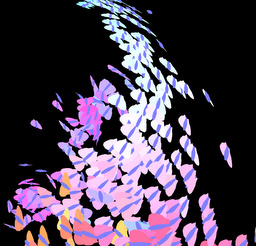 |
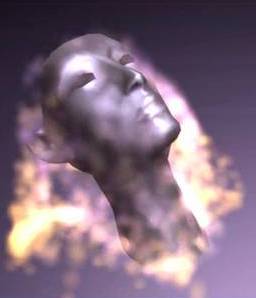 |
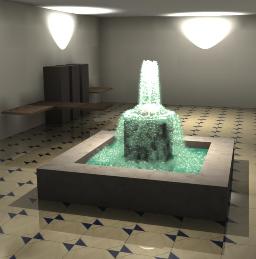 |
| Click here to see animation. |
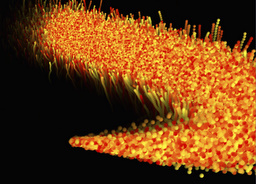 |
 |
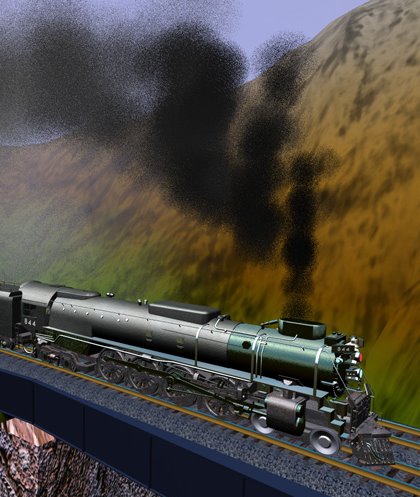 |
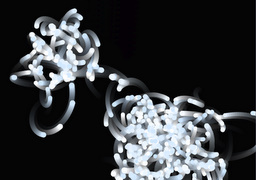 |
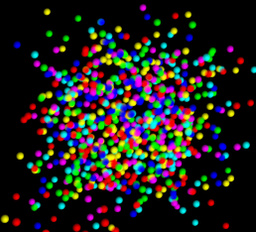 |
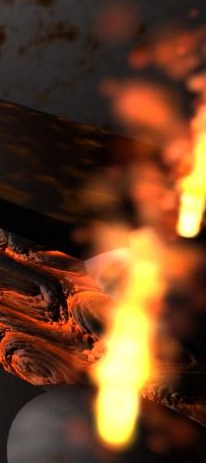 |
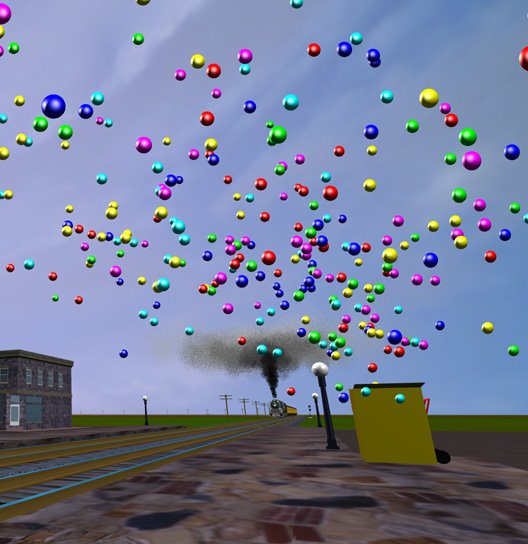 |
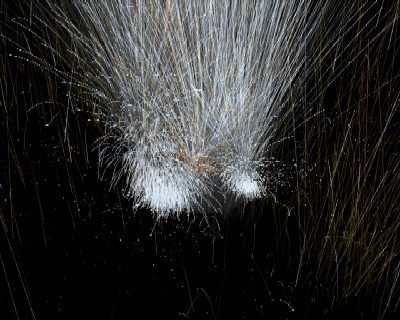 |
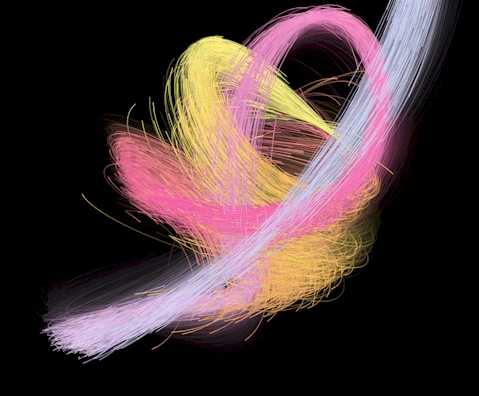 |
|
|


